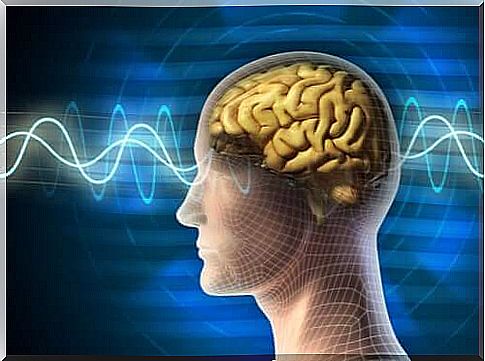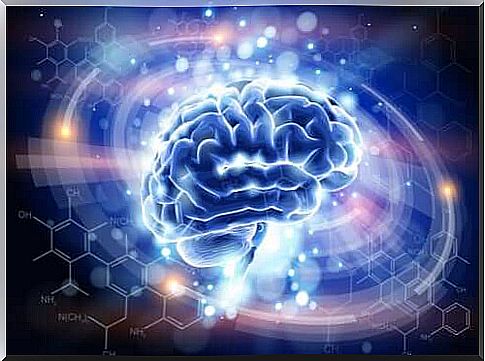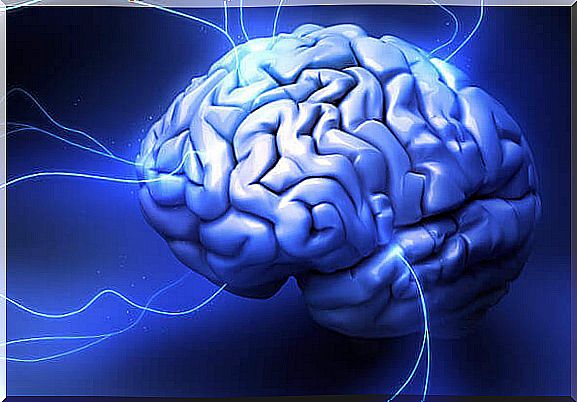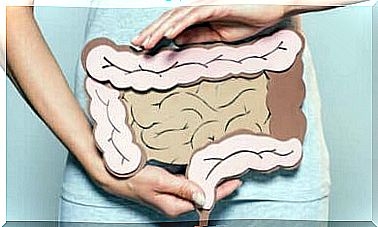Uses Of Electroconvulsive Therapy

Electroconvulsive therapy (ECT) is still stigmatized, in part because of the image it is given in movies and on television. However, many improvements have been made to the procedure over the years and implementation protocols and recommendations have been established.
It is therefore now a safe and well-tolerated technique which is also very effective. Through this procedure, it was possible to achieve a response and even remission of symptoms in diseases that did not respond to conventional treatment alternatives.

What is electroconvulsive therapy?
Electroconvulsive therapy involves sending small electrical currents through the brain. The goal is to trigger a brief seizure capable of causing changes in the brain that can improve some symptoms of the problem.
The procedure is always done in a hospital and under general anesthesia of short duration. Several electrodes are placed on the scalp of the person, which will diffuse a slight electric current.
For it to be effective, it must be applied repeatedly, several times a week, for a total of six to twelve sessions. It is sometimes recommended to continue a maintenance ECT, the requests being spaced out in time.
Uses of electroconvulsive therapy
The Depression
This therapy has shown great efficacy in the treatment of depression, with significant improvement rates seen in 80% of cases, thus exceeding drug treatment. It is also a safe and fast procedure.
It is specifically indicated in cases of severe depression. These are cases where the patient does not respond to drug treatment. It is also an excellent alternative in suicidal risk depression where it is important to achieve rapid improvement. In addition, it is particularly effective in the treatment of geriatric depression.
Bipolar disorder
The effectiveness of electroconvulsive therapy has been similar to that of lithium, one of the most widely used drugs to treat this disease. But, in addition, ECT causes a faster response. The cases which benefit most often from this technique are those which present a greater motor restlessness.
Catatonia
Catatonia is a clinical condition that can result from a variety of disorders. The person may remain motionless, mute, and unresponsive to outside stimuli. The response rates to this syndrome are between 80 and 100%. Therefore, ECT is one of the best treatment alternatives for this syndrome.
Psychotic disorders
ECT is recommended for the treatment of schizophrenia and other psychotic disorders. But in combination with antipsychotic drugs. When possible, the improvement is faster if the two solutions are combined.
The more acute and shorter the episode is, the greater the effectiveness. Likewise, cases with significant motor and behavioral disturbances benefit the most from this treatment.

The harmful effects of electroconvulsive therapy
- Mild disorientation and confusion usually occurs after treatment
- Difficulties in retaining and memorizing new information may arise after ECT. The effect is temporary and the patient usually recovers in a maximum of two weeks
- Amnesia from past events may occur. It mostly affects the closest memories in time. Forgetfulness is significantly reduced within six months of treatment, although some gaps may remain
- Much less frequently, heart or respiratory complications can occur
Indications for use
Currently, ECT is commonly viewed as a treatment of last resort. It is generally reserved for cases where the person does not respond or respond well to the drugs. It is also reserved for risky situations which require a rapid response or, if drug treatment is contraindicated, for those who are unable to take it.










